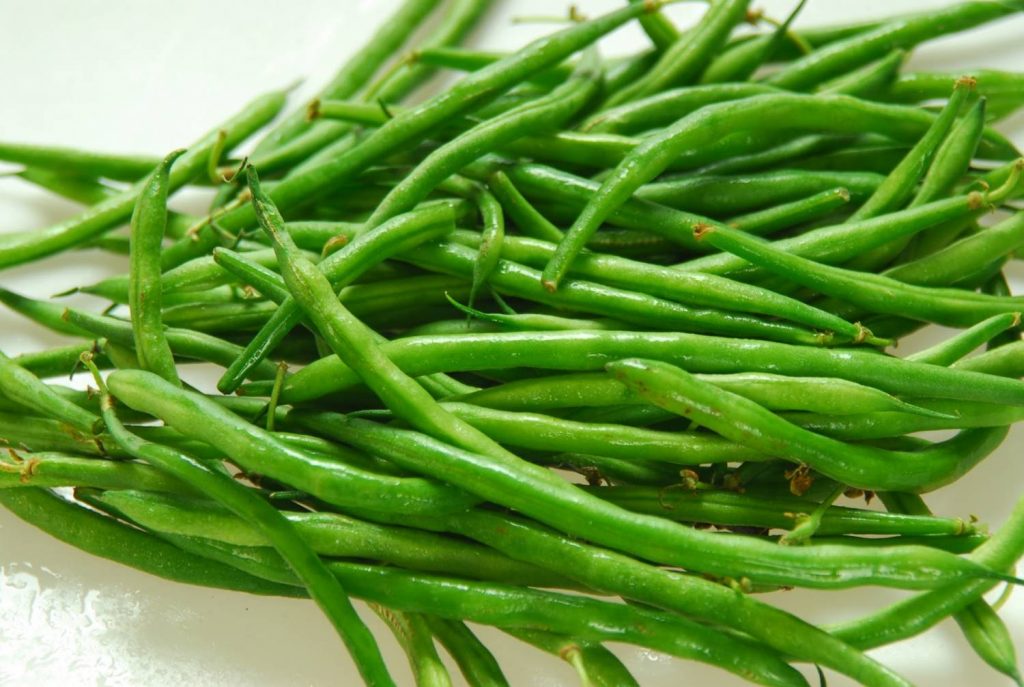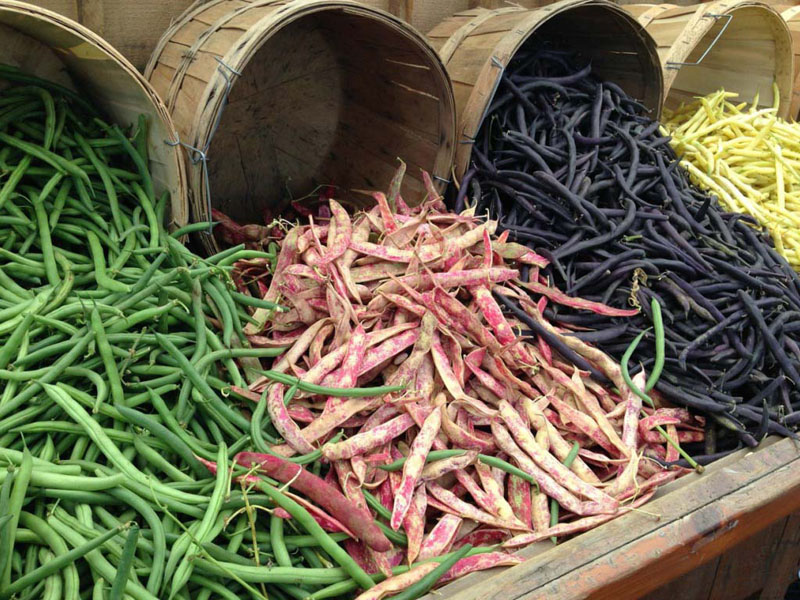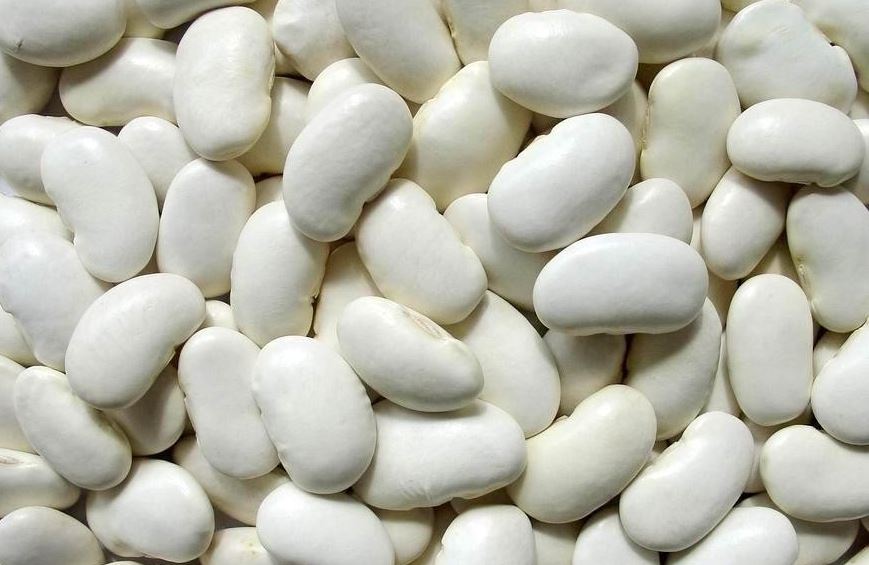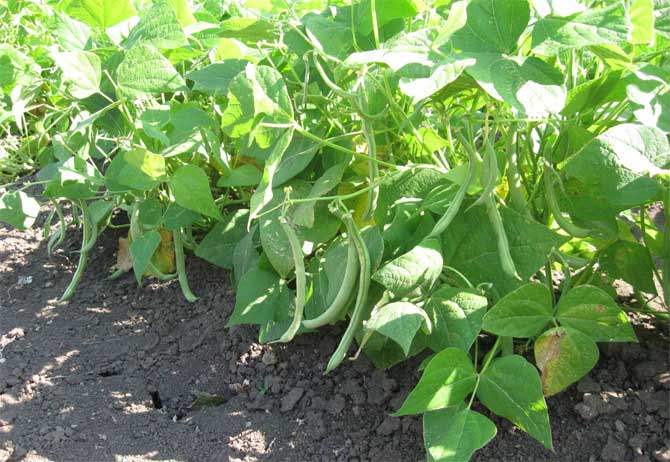Green beans: features and cultivation
Content
Peculiarities
As soon as they do not call tender young green beans - both green, and French, and asparagus. It differs from grain in the absence of a characteristic layer of parchment inside the pod. It has soft flaps, so your favorite vegetable can be consumed whole when cooking. The vegetable surprises with a large number of color characteristics. Its bush and curly varieties are known.
If it is really possible to harvest the crop from the bushes faster, then the climbing species give more numerous bean pods. The further north the region is located, the more early maturing varieties are recommended to grow there. Common green beans, the cultivation of which has its own characteristics, is endowed with wide and short valves. They have a flattened shape and a somewhat pointed nose. The Asian species are characterized by the presence of long pods with small seeds. This culture is especially highly valued in Asia and the United States.
Video "Description"
From the video you will learn many new facts about green beans.
Views
There are many types of these beans. Let's take a closer look at the most popular ones.
Red contains vitamins and fiber. When you use it, you can really strengthen the immune system and feel better psychologically. White contains a lot of magnesium and calcium, which are very necessary for the human body. Soft and tender green pods, which are not yet 2 weeks old, can be eaten with the peel. The yellow fruit, which is also called "oily", can also be eaten with the skin. There is also known purple, it is Georgian or dragon languages, beans. The length of its pod reaches 12 cm. It has a characteristic yellow-violet color. Can be eaten raw (as opposed to red, which can be harmful to health). If you are cooking overgrown fruits, it is best not to mix them with other ingredients. Asparagus, differently sugary, varieties are thinner, shorter and more juicy. Semi-sugar plants grow up to 15 cm in length. They are great when cooked and eaten early in their ripeness.
Among the Asian representatives of the species, it is worth mentioning the long Chinese beans, which are also known as asparagus or snake beans. They do not have a "crunch", the length is up to 50 cm. There is also a Kenyan one, the selected pods of which grow in Africa. They are quite thin, no more than 5 mm in diameter, after processing they acquire a spicy sweet-nutty taste.
Beneficial features
Experts have found out that beans contain vitamins of groups A, C, B1, B2, E necessary for every human body. There are the most important macro- and microelements. These are iron, phosphorus, calcium, zinc, folic acid. Beans are also popular because they contain a lot of simple protein and fiber. It is this optimal composition of nutritious and useful components that made this product very popular.
Growing
How to grow green beans? There are certain agricultural rules that help gardeners grow green beans. Remember that for planting such a culture, it is imperative that you choose not sandy, not sour and not heavy soil. Sowing should be carried out when the soil has already warmed up to at least + 13. Usually this time falls on May - June. Bean seeds are preheated and soaked. They need to be buried in the ground no deeper than 7 cm. Seedlings of any kind should be loosened and mulched. When the stem grows at least 15 cm, the crops must be spud. Also, green beans, the cultivation and care of which everyone can do, loves light, moisture and warmth. Drought is very dangerous for her. In the presence of such weather, the ovary often disappears during the flowering period. And then there is no need to expect a harvest. It is also necessary to choose a place for planting without drafts and wind.
How to prepare seeds before sowing? You can warm them up in the sun or on a battery. In industrial agricultural technology, dryers are used, where the temperature is at the level of + 30 - +35 degrees. Then the seeds are soaked in warm water for a day. It needs to be changed 4 times a day.
In the process of preparing the beds, if necessary, eliminate the acidity of the soil. This can be done with dolomite flour or wood ash. Ash also has a positive effect on the normal development of the culture. For planting, choose a light, fertile and moderately drained land. Partial shade is perfect. Various varieties of cabbage, potatoes, and tomatoes are good predecessors of the plant. Get rid of weeds before sowing. The site should be dug up in the fall and flavored with top dressing. Among them are organic at the rate of 6 kg per square meter, superphosphate in the amount of 35 grams and potassium chloride about 20 grams. In the spring, do not forget about the complex, which contains a lot of potassium. After planting the beans, you need to sprinkle the holes with humus. The culture grows at a stable temperature of + 20 - +25 degrees. The first shoots should be expected in 10 days. When sowing, it is recommended to maintain a distance of 10 cm between plants. After the emergence of seedlings, it is permissible to transplant or thin out.
Care
Watering and fertilizing are two essential items of proper care for your favorite crop. Regular watering is necessary in order to be able to collect many choicest and fleshy pods in the future. It is advisable to add a special nutritious infusion to the water. It's easy to cook it yourself. To do this, the barrel is half filled with weeds, water is poured into it. After a week, you need to dilute 1 liter of liquid in 1 bucket of water.
This infusion is very good for watering bean plantations. If the plants do not have enough moisture, the side shoots will not develop fully, and the fruits will be of low quality. Do not forget about loosening the soil and removing weeds. From time to time, it will be useful to feed the plantings with a nutritious infusion. The flowering period falls on the 40th day from the moment the shoots appear. In this case, the appearance of ovaries should be expected after 20 days, and after 10 days, the crop itself begins to appear. During the growing season of the culture, the introduction of mineral fertilizers is mandatory. Once they have to be introduced during budding.
Harvesting
Harvesting usually occurs from the time when the first fruits appear. If green beans are required, it is best to harvest after the first fruiting. If you plan to make preparations for the winter, then leave the pods to ripen until autumn. Harvesting of seeds is often started only in September - October. Green shoulder blades can and should be harvested a couple of times throughout the season. The more often the pods are cut, the more ovaries the bush can give.
Plants can be inspected every 4 to 6 days.It is best to harvest in the early morning when it is still cool. In this case, the shoulder blades will retain their freshness for a long time. If you plan to store the blades for the winter, then after collecting the pods are cut into pieces, put in bags and placed in the freezer.
Video "Growing"
From the video you will learn how to grow beans.



